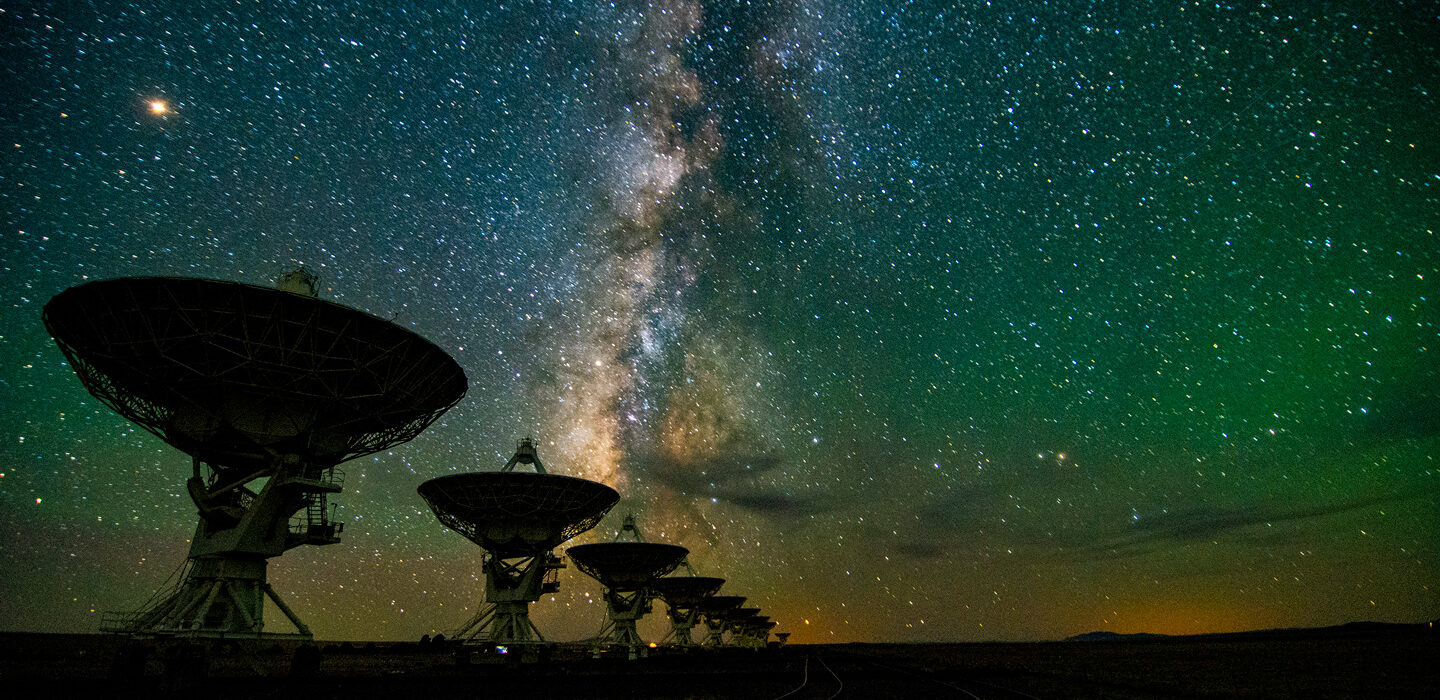HOME
How radio astronomy put new eyes on the cosmos

one can only imagine what Grote Reber’s neighbors thought when, in 1937, the amateur radio enthusiast erected in his yard a nearly 10-meter-wide shallow bowl of sheet metal, perched atop an adjustable scaffold and topped by an open pyramid of gangly towers. Little could his neighbors have known that they were witnessing the birth of a new way of looking at the cosmos.
Reber was building the world’s first dedicated radio telescope. Unlike traditional telescopes, which use lenses or mirrors to focus visible light, this contraption used metal and circuitry to collect interstellar radio waves, low frequency ripples of electromagnetic radiation. With his homemade device, Reber made the first map of the sky as seen with radio-sensitive eyes and kicked off the field of radio astronomy.
“Radio astronomy is as fundamental to our understanding of the universe as … optical astronomy,” says Karen O’Neil, site director at Green Bank Observatory in West Virginia. “If we want to understand the universe, we really need to make sure we have as many different types of eyes on the universe as we possibly can.”
When astronomers talk about radio waves from space, they aren’t (necessarily) referring to alien broadcasts. More often, they are interested in low-energy light that can emerge when molecules change up their rotation, for example, or when electrons twirl within a magnetic field. Tuning in to interstellar radio waves for the first time was akin to Galileo pointing a modified spyglass at the stars centuries earlier — we could see things in the sky we’d never seen before.
News Source